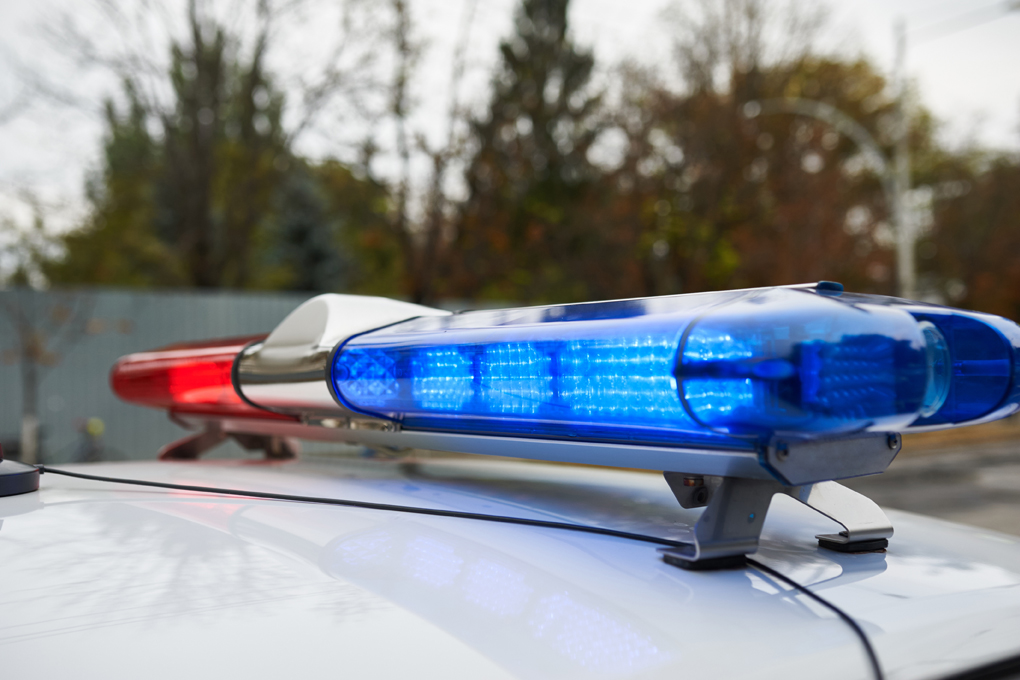
You hear the siren and see flashing blue lights in your mirror – a moment of panic, what do you do?
Everyone knows you need to get out of the way – it’s an offence to obstruct or hinder the emergency vehicles – but doing so in a rush can make the situation even more difficult, or even get you a fine if you do it incorrectly.
Here are the dos and don’ts of reacting to emergency vehicles when driving:
DO.
- Look anD listen for emergency vehicles. This is required by The Highway Code, and also one reason why loud music isn’t recommended whilst driving.
- Check your mirrors properly. There might be more than one emergency vehicle approaching you.
- Take a quick moment to consider where the emergency vehicle is likely to go and what the easiest route is for them to pass.
- Slow down to give yourself and others around you more time to act safely.
- Prepare to pull over and stop somewhere safe. Watch out for pedestrians and cyclists as well when doing so.
DON’T.
- Don’t panic. If you’re unable to pull over immediately because there’s no space, just continue driving so they can pass you as soon as there’s more space.
- Don’t break the law. Even if you’re making way for an emergency vehicle when you jump the red light or drive over the speed limit, it’s still illegal.
- Don’t stop in the middle of the road, block junctions or stop on a bend endangering other drivers.
- Don’t drive on the kerb causing potential danger to pedestrians.
- Don’t overtake an emergency vehicle on a pursuit.
- It’s also good to remember that blue lights behind you could also be a police officer signalling you to stop.
Staying alert is key to making the right decisions behind the wheel, in every situation. Keep in mind that the emergency services are trained and aware that you’re not allowed to break the law, whereas they can use bus lanes or go through red lights.


